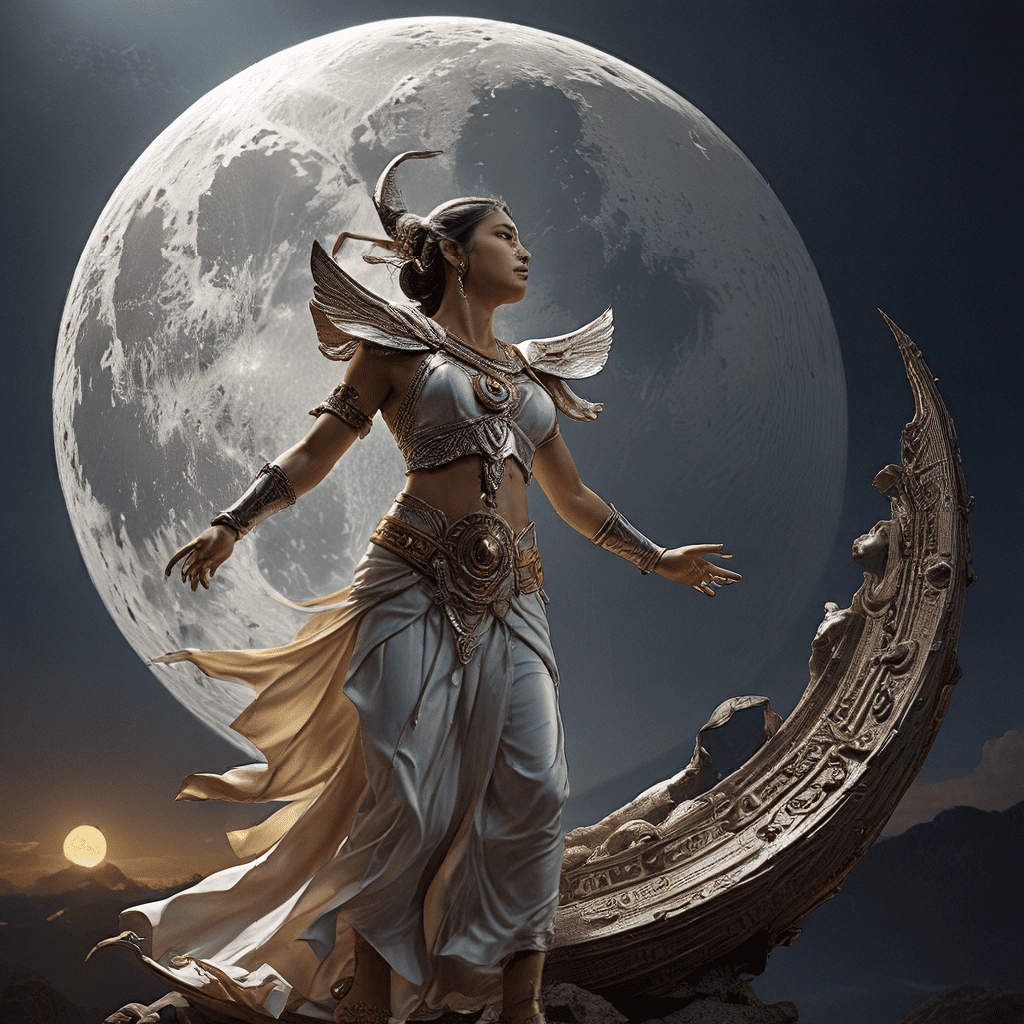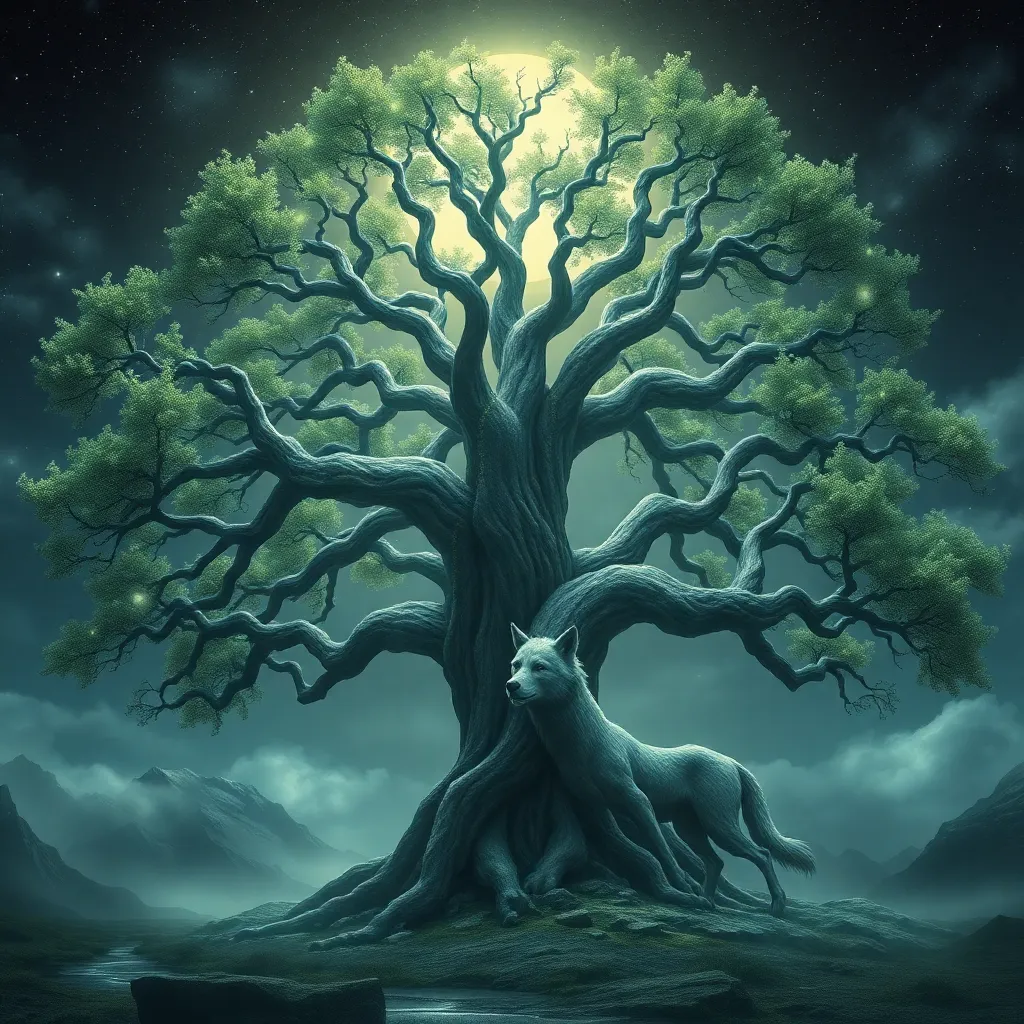The Moon in Filipino Folklore: A Celestial Tapestry of Beliefs
In the rich tapestry of Filipino folklore, the moon holds a prominent place, woven into the fabric of myths, legends, and beliefs. For centuries, Filipinos have looked to the night sky, finding in the moon a source of wonder, inspiration, and deep meaning. The moon, in its various phases, serves as a powerful symbol, reflecting the interconnectedness of nature, human life, and the divine. Its silvery glow illuminates not only the night but also the intricate web of stories and customs that define Filipino culture.
The Moon as a Divine Entity: The Story of Bulan
The moon, often referred to as "Bulan" in Filipino, is not merely a celestial body; it is a deity, a powerful being with its own story and significance. In ancient Philippine mythology, Bulan is believed to be the daughter of Bathala, the supreme creator god. Her brother, the sun, is known as "Araw." Together, they embody the duality of light and darkness, day and night, and the cyclical nature of life. The story of Bulan and Araw, their journey across the heavens, and their roles in maintaining the balance of the universe, is a testament to the profound respect and reverence that Filipinos hold for the moon.
The Moon’s Influence on Nature and Human Life
Throughout Filipino folklore, the moon is seen as a powerful force that influences both nature and human life. The moon's cycles are believed to directly impact the growth of crops, the tides of the ocean, and even the emotions and behavior of people. Farmers rely on the moon's phases for planting and harvesting, while fishermen use its light to navigate the waters. The moon's presence in the night sky is seen as a source of comfort and guidance, a reminder of the natural rhythms that govern life.
The Moon and Fertility: A Symbol of Growth and Renewal
The moon's cyclical nature, waxing and waning, is closely linked to the concept of fertility in Filipino culture. The moon's full phase, representing its maximum power and fullness, is often associated with abundance, growth, and the potential for new life. In some traditional beliefs, the moon is believed to influence the fertility of women and the success of harvests. The moon's influence on the natural world is seen as a reflection of its power to inspire new beginnings and promote growth.
The Moon and the Tides: A Celestial Connection to the Ocean
The moon's gravitational pull is responsible for the tides, a natural phenomenon that has been observed and understood by humans for centuries. This connection between the moon and the ocean is a powerful symbol in Filipino culture. The moon's influence on the tides is seen as a reminder of the interconnectedness of all things, a testament to the moon's power over the natural world. Filipinos, long connected to the sea, have developed a deep understanding of the moon's role in shaping the rhythm of their lives.
The Moon as a Guide and Protector: Navigating the Night
In the absence of artificial light, the moon serves as a beacon, illuminating the darkness and guiding travelers through the night. Filipino folklore is filled with stories of people relying on the moon's light to find their way home, to navigate the seas, and to perform their tasks under the silver glow. The moon's presence in the night sky provides a sense of security and comfort, a reminder that even in the darkest hours, there is still a light to guide them. This trust in the moon's guidance is reflected in the traditions of night fishing, where fishermen use the moon's light to spot their catch, and in the stories of travelers who rely on the moon's path to find their way.
The Moon in Rituals and Ceremonies: Connecting to the Divine
The moon's power and significance are also embedded in Filipino rituals and ceremonies. In ancient times, Filipinos would hold ceremonies under the full moon to celebrate harvests, to seek blessings, and to honor the spirits of their ancestors. These events were often marked by prayers, offerings, and traditional dances, all meant to connect with the moon's power and seek its favor. The moon's presence in these ceremonies symbolizes the connection between humans and the divine, a reminder that we are part of a larger, interconnected universe.
The Moon in Love and Romance: A Symbol of Passion and Desire
In Filipino culture, the moon is often associated with love, romance, and passion. The moon's soft, silvery glow creates an atmosphere of mystery and intrigue, evoking strong emotions and inspiring romantic desires. Many Filipino love songs and poems are dedicated to the moon, using its imagery to express longing, love, and the beauty of the night. The moon's presence in the night sky serves as a backdrop for romantic encounters, a symbol of the power of love and the magic of moonlight.
The Dark Side of the Moon: Myths of Evil Spirits
While the moon is often seen as a benevolent force, there is also a darker side to its symbolism. In some Filipino myths and legends, the moon is associated with evil spirits, monsters, and supernatural beings that roam the night. The darkness of the moonless nights is often seen as a time when these creatures become more powerful and dangerous. The moon's ability to cast shadows and create an eerie atmosphere fuels these beliefs, reminding us that even in the beauty of the night, there can be hidden dangers.
The Moon’s Symbolism in Contemporary Filipino Culture
The moon's symbolism continues to hold meaning in contemporary Filipino culture. The moon's beauty and power are celebrated in art, literature, music, and even fashion. The moon's image is often used to represent hope, renewal, and the beauty of nature. In modern Filipino society, the moon's symbolism serves as a reminder of the enduring power of their cultural heritage and the deep connection between humans and the cosmos.
FAQ
Q: What are some common Filipino names for the moon?
A: The most common name for the moon in Filipino is "Bulan," but other names include "Kaluwalhatian" (meaning "glory"), "Diwata ng Gabi" (meaning "spirit of the night"), and "Gabi" (meaning "night").
Q: Are there any Filipino festivals that celebrate the moon?
A: While there isn't a specific festival dedicated to the moon, many Filipino festivals, like the "Pista ng Parul" (Festival of Lights) and the "Sinulog" festival, involve the moon's presence in their rituals and ceremonies.
Q: What are some examples of Filipino art and literature that feature the moon?
A: The moon is a recurring motif in Filipino art and literature. Examples include the paintings of Juan Luna and Fernando Amorsolo, and the poems of Jose Rizal and Francisco Balagtas.
Q: How does the moon's symbolism in Filipino culture compare to other cultures?
A: The moon holds a similar significance in many cultures around the world, serving as a symbol of femininity, fertility, and the cyclical nature of life. However, the specific myths and beliefs associated with the moon can vary widely from culture to culture.


